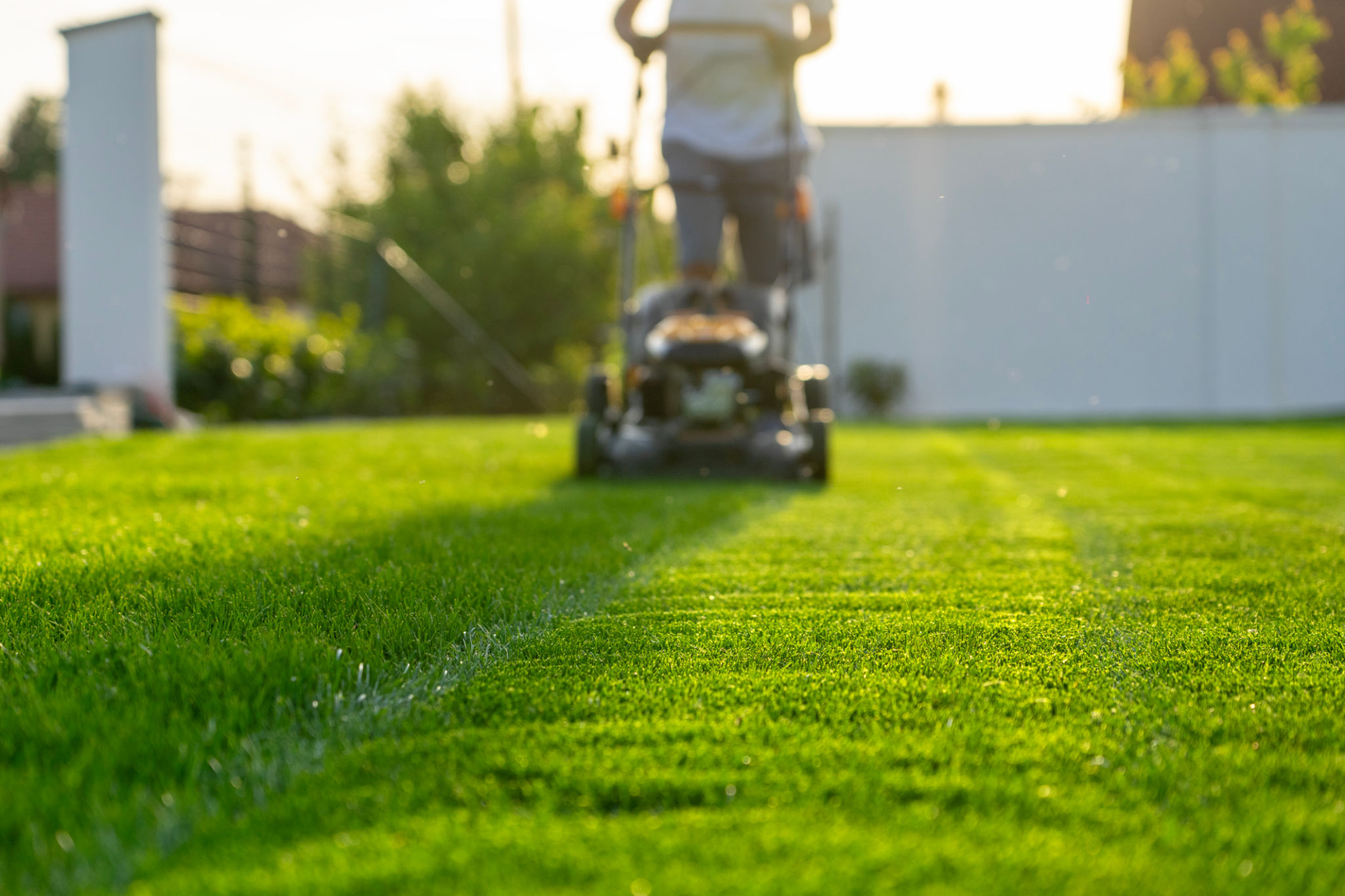Seasonal Lawn Care Tips for Canadian Homeowners
Understanding Canada's Climate Zones
Canada's vast landscape means that homeowners face varying climate conditions, which directly affect lawn care practices. From the coastal regions of British Columbia to the snowy territories in the north, it's essential to understand your local climate zone to tailor your lawn care routine effectively.
In general, Canada is divided into several climate zones, ranging from the mild Pacific Zone to the subarctic climate of Northern Canada. Identifying your zone helps determine the best grass species and maintenance schedule for optimal lawn health.

Spring: Reviving Your Lawn
As the snow melts and temperatures rise, spring is the perfect time to revive your lawn. Begin with a thorough raking to remove dead grass and debris, allowing the soil to breathe. This also prepares your lawn for fertilization and overseeding.
Consider applying a slow-release nitrogen fertilizer to encourage growth. Overseeding helps fill in bare patches and thicken your lawn, reducing the chances of weed infestation. Watering is crucial during this period, but be mindful of local rainfall patterns to avoid overwatering.

Summer: Maintaining a Healthy Lawn
Summer can be challenging for Canadian lawns due to potential heat stress and drought. Mowing should be done regularly, but avoid cutting the grass too short; a longer lawn retains moisture better and shades out weeds.
Water deeply but infrequently, ideally early in the morning to minimize evaporation. If drought conditions are prevalent, consider letting your lawn go dormant, which can be a healthier option than frequent shallow watering.
Fall: Preparing for Winter
Fall is a critical time for lawn care as you prepare your grass for the harsh Canadian winter. Aeration is highly recommended to relieve soil compaction and improve root growth. This allows nutrients and water to penetrate deeply into the soil.
Apply a fall fertilizer high in potassium to strengthen the grass's roots and increase its resilience against winter stress. Continue mowing throughout the fall, gradually lowering the cutting height towards the end of the season.

Winter: Protecting Your Lawn
In most parts of Canada, snow cover provides natural insulation for lawns during winter months. However, it's important to protect your lawn from damage caused by foot traffic or heavy equipment. Avoid walking on frozen grass, as it can break easily.
If you use de-icing products on walkways, choose those that are safe for lawns to prevent chemical burns. In regions with little snow, consider using a winter mulch to protect the grass roots from extreme temperatures.
Common Lawn Care Mistakes
Even seasoned homeowners can make mistakes when it comes to lawn care. One common error is over-fertilizing, which can lead to nutrient imbalances and environmental harm. Always follow recommended guidelines for fertilizer application.
Another mistake is neglecting pest control measures until it's too late. Regularly inspect your lawn for signs of pests or disease, and take action promptly to prevent widespread damage.

Choosing the Right Equipment
Having the right tools is essential for effective lawn care. Invest in a reliable lawnmower with adjustable height settings and keep it well-maintained for optimal performance. A quality rake, aerator, and spreader are also key components of your toolkit.
For larger properties, consider investing in powered equipment such as leaf blowers or dethatchers to make seasonal maintenance more manageable and efficient.
Sustainable Lawn Care Practices
Sustainability is becoming increasingly important in lawn care. Opt for organic fertilizers and pest control solutions whenever possible to reduce chemical runoff and environmental impact. Composting grass clippings is another excellent way to naturally fertilize your lawn.
Consider introducing drought-resistant grass species or native plants that require less water and maintenance. These choices not only benefit the environment but can also save you time and resources in the long run.
